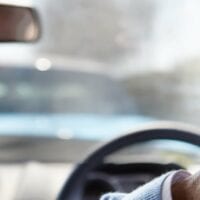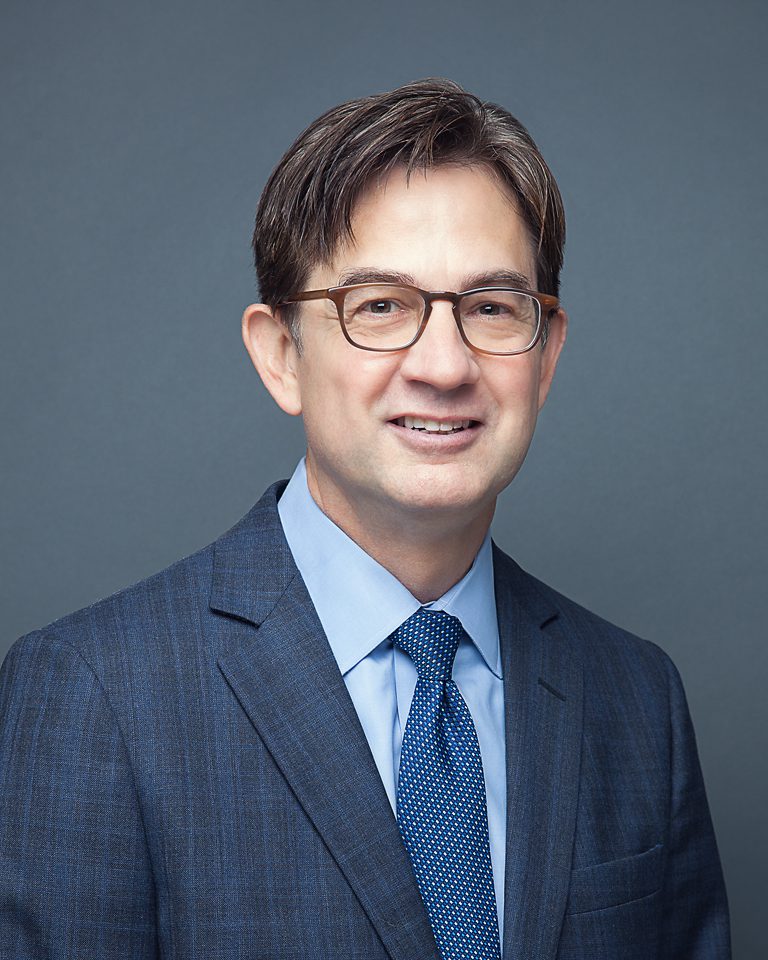Second Driver is Not Necessarily The Sole Party At Fault in Rear-End Collisions, According to Court

Courts Shift Standards On Fault in Auto Rear-End Collisions
Trial courts in Florida will now have a new outlook for how to handle rear-end vehicle crash injury lawsuits. In resolving a pair of conflicting appellate court decisions, the state’s highest court determined that the second driver in such an accident is not necessarily the sole party at fault, the Miami Herald reported. In a unanimous ruling, the state’s Supreme Court decided that juries should hear all evidence relating to each driver, and apportion liability according to each driver’s comparative fault.
Court Finds More Than One Cause of Rear-End Collisions
The decision means that the case of Maria Cevallos gets another chance to argue her case. Cevallos, who had originally been deemed solely at fault, may now seek partial, comparative damages against another driver, Keri Ann Rideout, in her case. Cevallos alleged that Rideout was using her cell phone and rear-ended a car in front of her, and that Cevallos was unable to avoid rear-ending Rideout’s vehicle. In making the ruling, Supreme Court Justice Jorge Labarga stated that the “facts introduced into evidence at trial provided sufficient basis for the jury to conclude that [Rideout] failed to use ordinary care in operating her vehicle, and that this failure was at least one of the proximate causes of the collision.”
Effects of The Court Ruling for Rear-End Accident Cases Involving Cars and Motorcycles
The ruling also means that Crystal Charron will get her day before a jury, as well. Crystal Charron was injured when the motorcycle upon which she was riding flipped over. The motorcycle’s driver lost control of the vehicle when he unsuccessfully attempted to avoid a vehicle driven by Warren Birge. Charron argued that Birge was responsible since he suddenly slammed on his brakes for no reason. The trial court had ruled that the motorcycle driver was 100% at fault, but the appeals court in that case had agreed with Charron and reversed.
California’s Rear-End Collision Law Doesn’t Place Automatic Liability on the Rear Driver
The Supreme Court explained that, although Florida law presumes that the rear driver in a rear-end vehicle collision is the negligent party, parties may introduce evidence an attempt to overcome that presumption. The Florida ruling is in line with the state of the law in many locations, including California. California Vehicle Code Section 22350 (the basic speed law) prohibits driving “at a speed greater than is reasonable or prudent having due regard for weather, visibility, the traffic on, and the surface and width of, the highway, and in no event at a speed which endangers the safety of persons or property.” In many rear-end collisions, it may be concluded that the rear driver failed to drive at a reasonable speed given the condition of that road at that time. California does not, however, place automatic liability on the rear driver, and allows the introduction of evidence that the front driver was, in fact, the one driving in a negligent or unsafe manner.
Rear-Ended in an Auto or Vehicle Collision?
Talk to our experienced injury attorneys in San Francisco. Vehicle accident injury lawsuits are often complicated matters, hinging upon detailed and intricate facts, and how those facts are presented to a judge or jury. If you’ve been injured in a vehicle crash, you should consult experienced injury attorneys about your case. Click now to request a free attorney consultation.

Boone Callaway is a personal injury & medical malpractice lawyer in San Francisco who has been working with clients in the Bay Area for over 25 years. Mr. Callaway is one of only a few personal injury litigators in San Francisco who is a Super Lawyer, AV Rated and is also a member of ABOTA – American Board of Trial Advocates.
